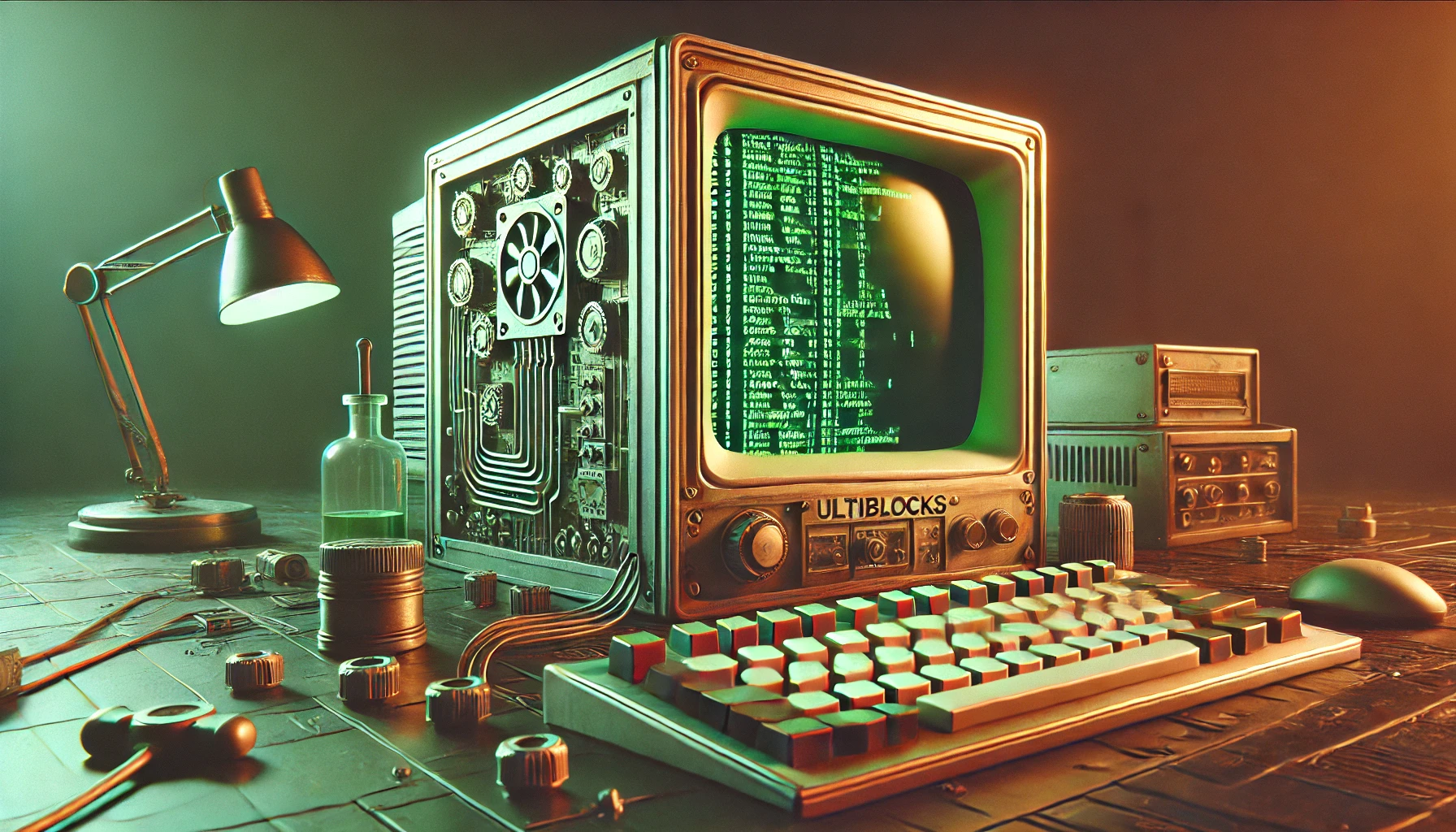Libraries
Each UltiBlox library handles a specific function—whether that’s reading sensors, displaying information, logging data, or managing thresholds. These libraries are designed to work independently or together, making it easy to build exactly what you need.

Accessing the Libraries
Arduino IDE
All libraries are available through the Arduino IDE library manager.
- Click Sketch -> Include Library -> Manage Libraries...
- Search "UltiBlox"
- Click "Install" on the library you want to use
Tip: If you're just getting started, install the UltiBlox-Examples library.
Clone from GitHub
Libraries can be cloned directly from GitHub
- Click on a library below.
- Follow the instructions in the readme to clone and install the library
Library Categories
Examples
- Examples: Provides examples for the various UltiBlox templates.
Sensors
- SensorAnalog: Reads and calibrates analog sensors with support for calibration ranges and threshold-based triggers.
Displays
DisplayValue[Type] libraries share the same signatures and are interchangeable, allowing one to be swapped for another with minimal change to the code.
- DisplayValueLCD: Controls 16x2 I2C LCD displays for simple text output.
- DisplayValueOLED: Manages OLED displays with options for custom fonts and layout.
- DisplayValueNull: Empty implementation of DisplayValue[Type] libraries for disabling displays without breaking code.
Control & Thresholds
- ActiveThreshold: Turns on/off devices based on sensor data crossing a defined threshold.
Serial Logging/Commands
- SerialLogger: Logs data over Serial with adjustable log levels and formats.
- SerialCommands: Control devices over Serial using commands with values.
Using UltiBlox Libraries
Combine libraries as needed to build your project:
- Use SerialLogger with SensorAnalog to log sensor readings in real time.
- Display values on LCD or OLED screens by pairing SensorAnalog with DisplayValueLCD or DisplayValueOLED.
- Set up automated actions with ActiveThreshold to control devices when sensor readings reach specific levels.
This approach keeps each library simple and focused, making it easier to integrate only the functions your project requires.